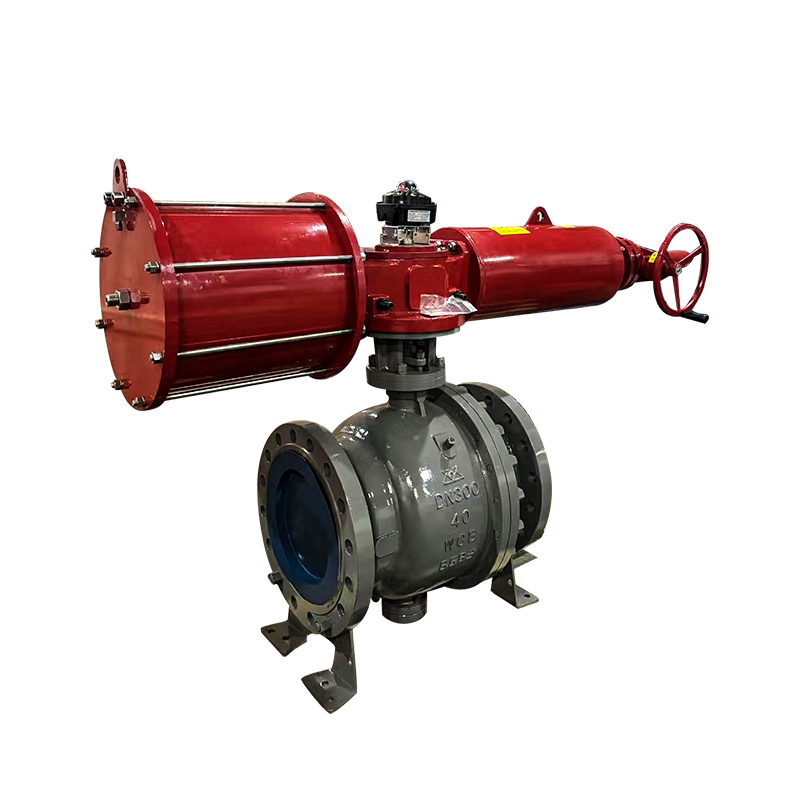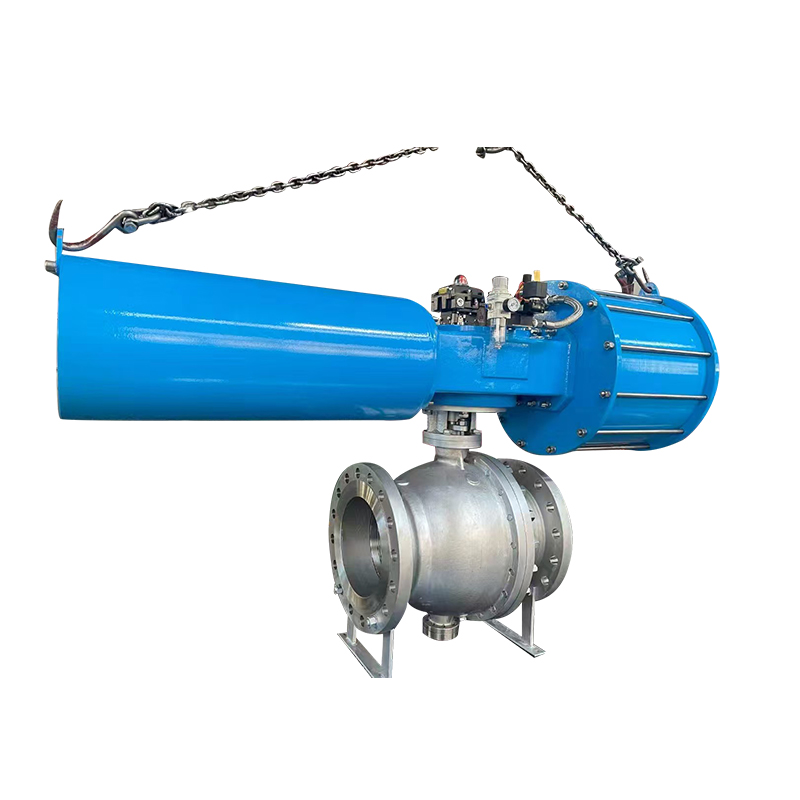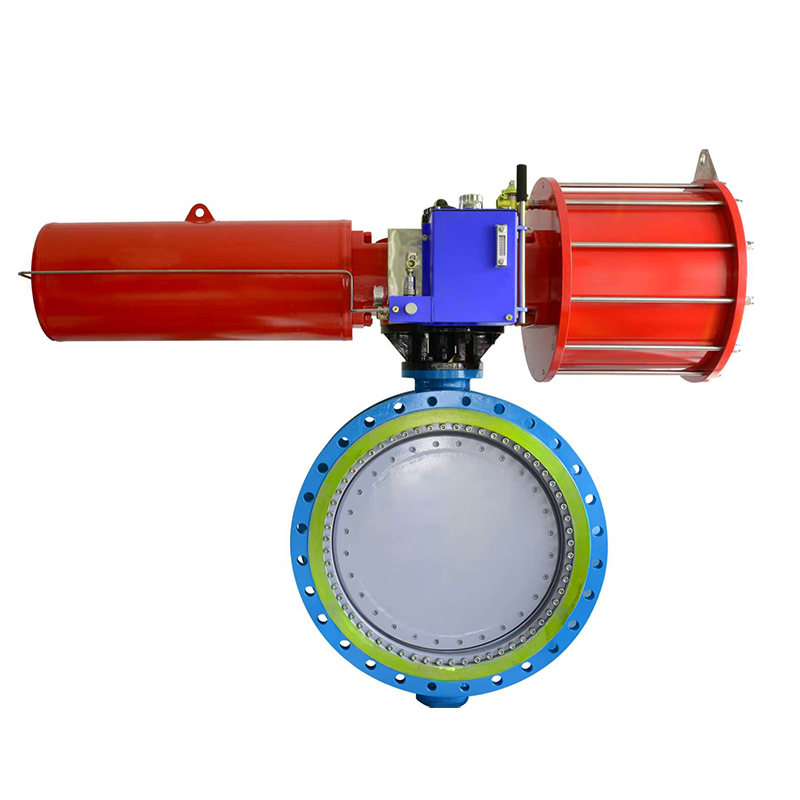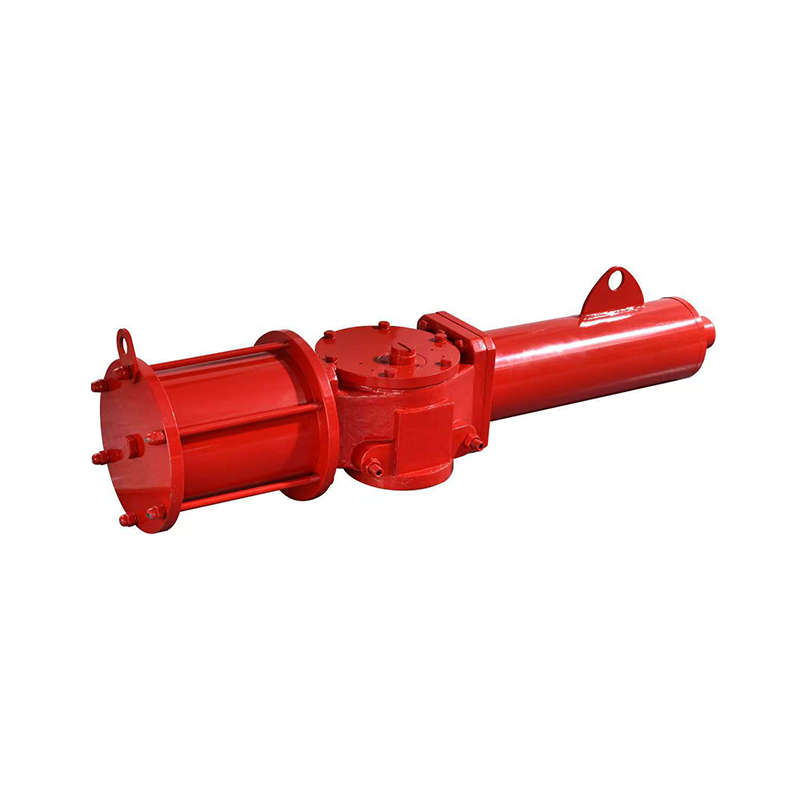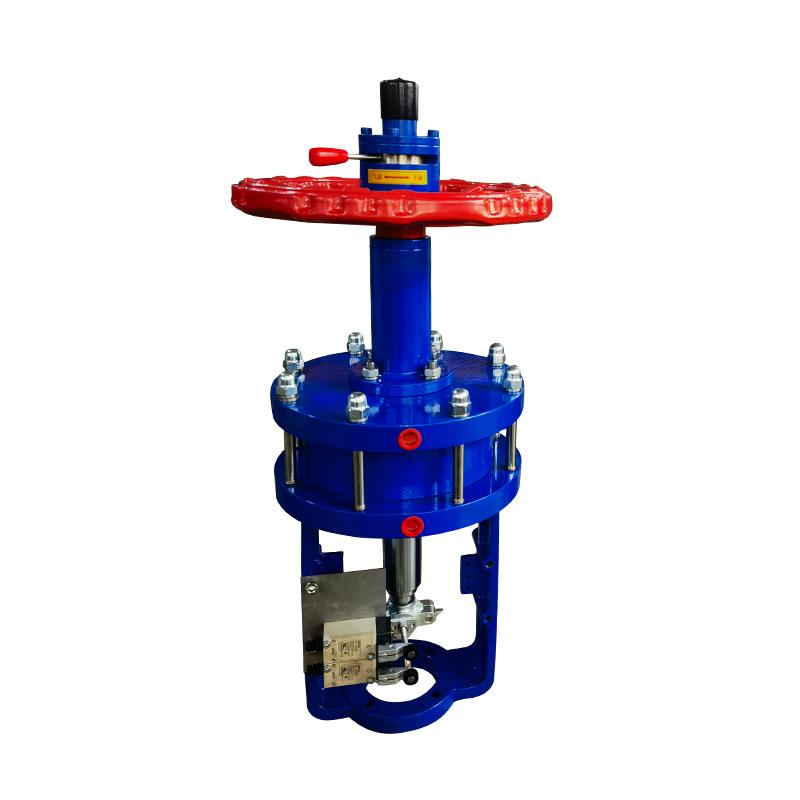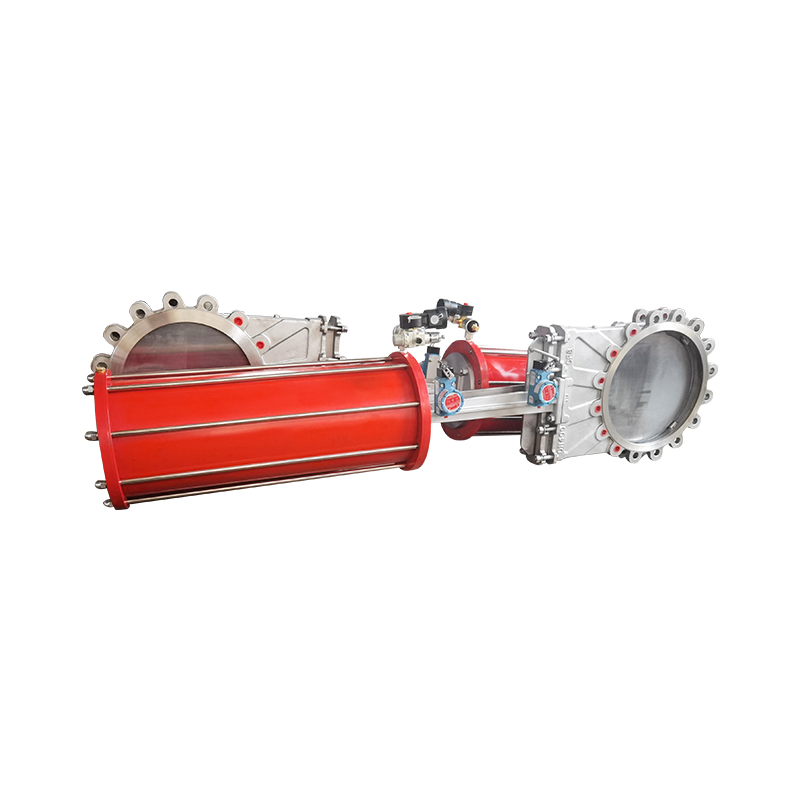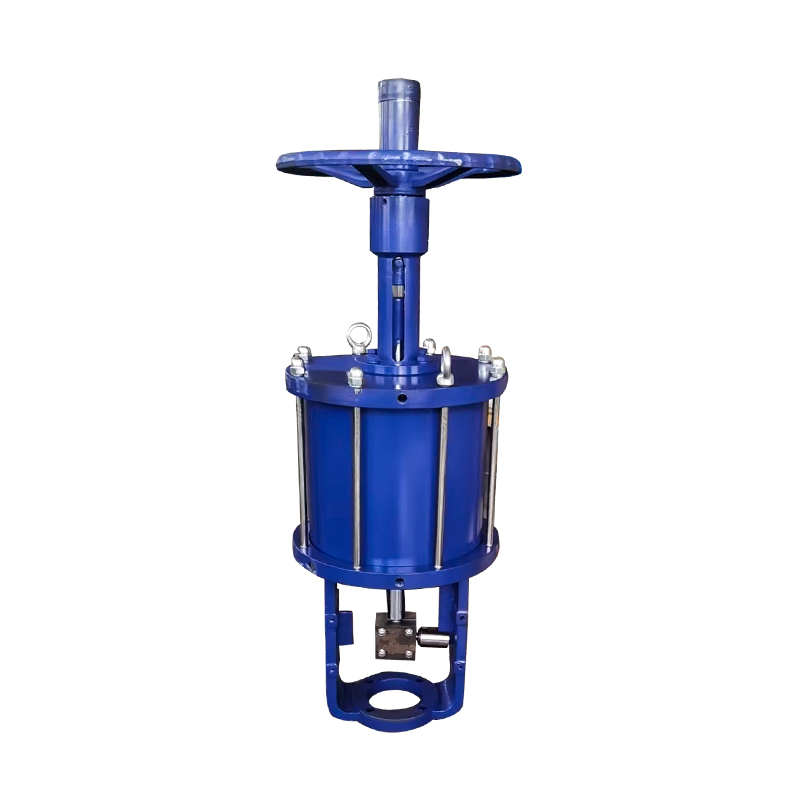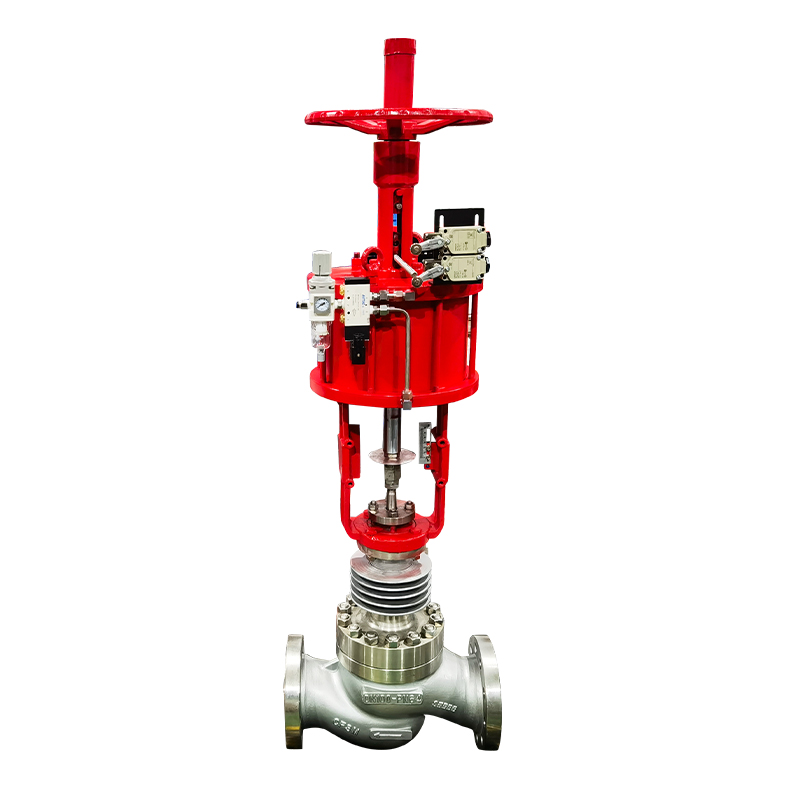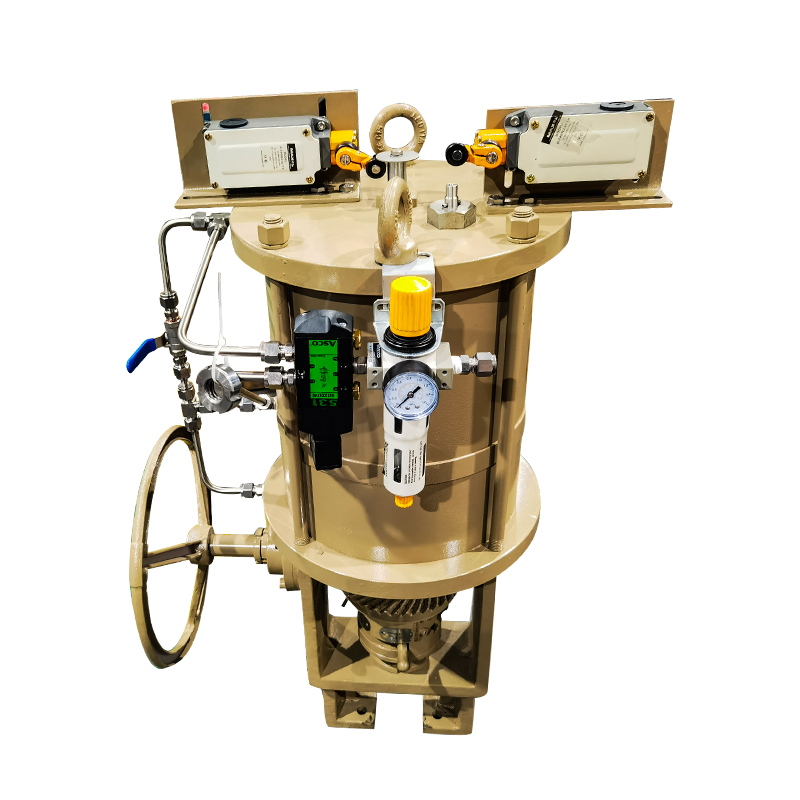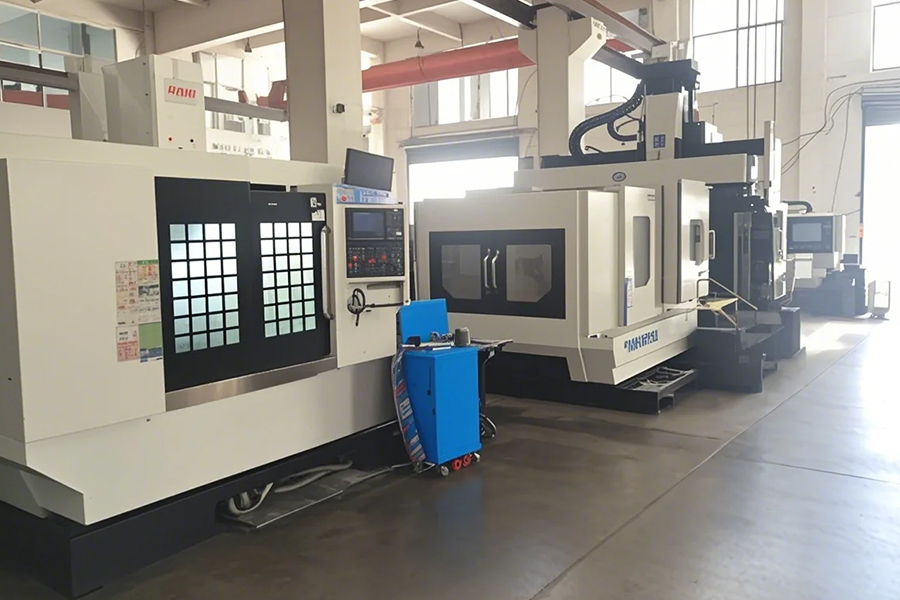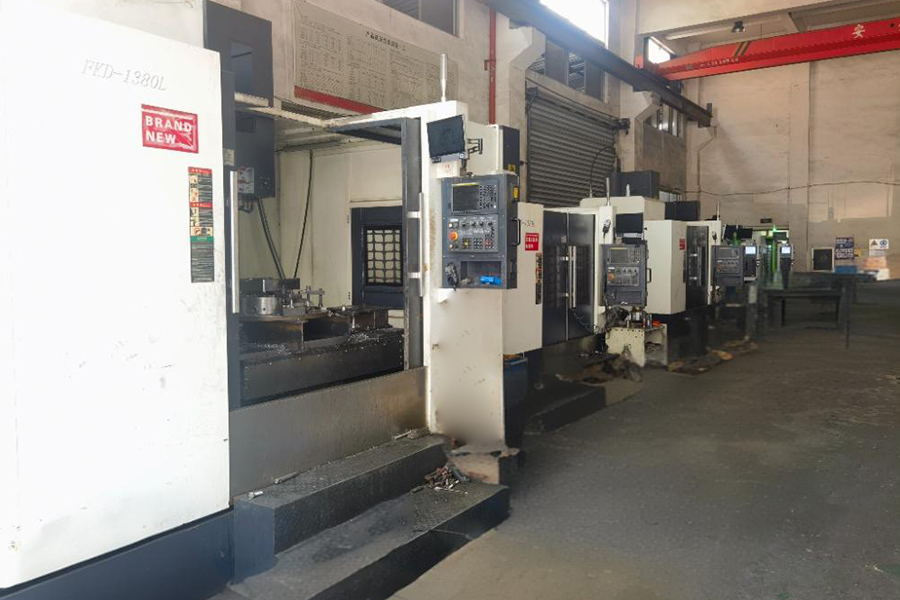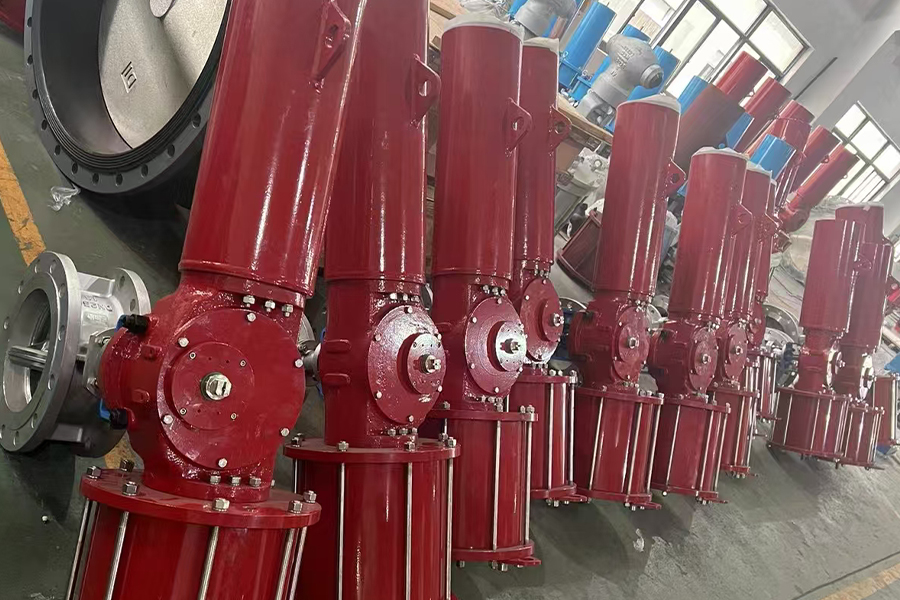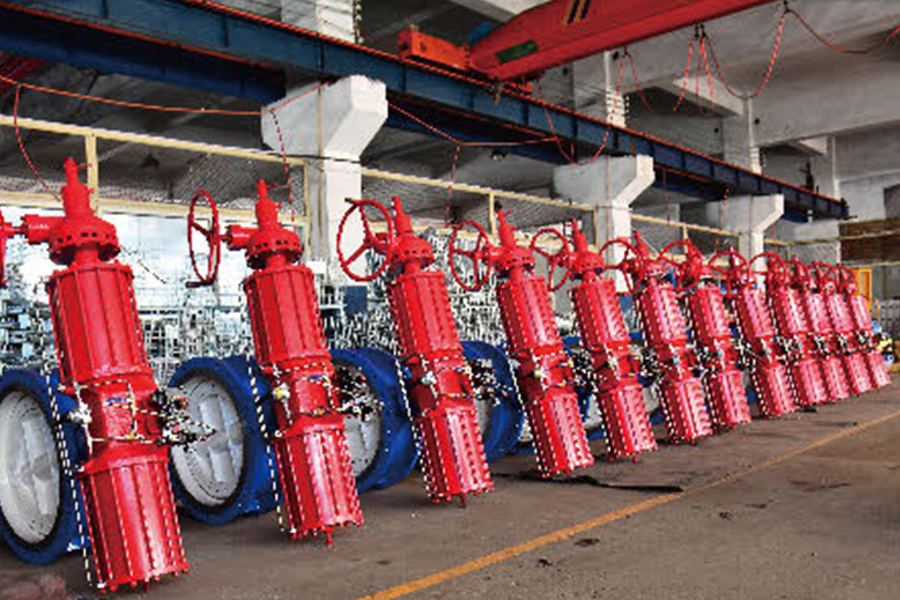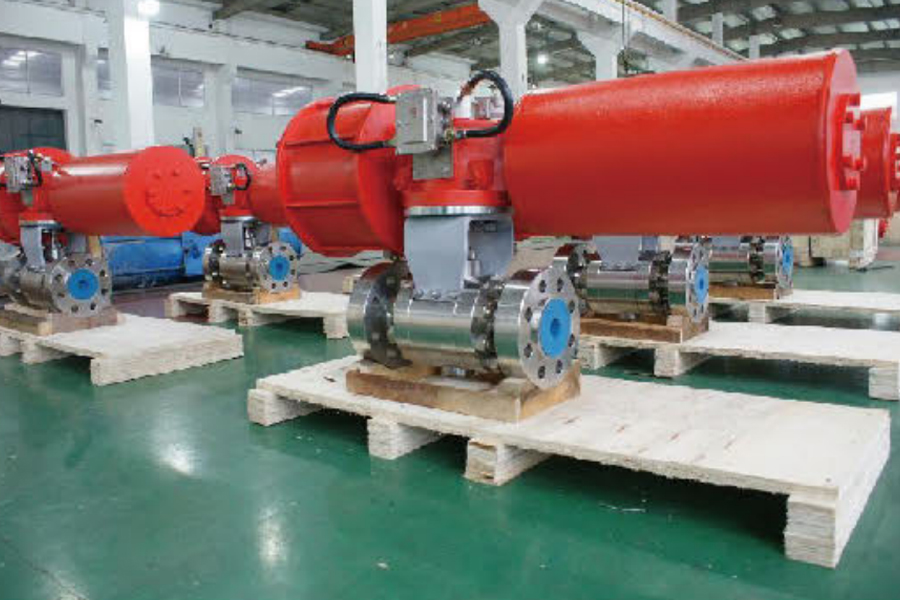Pneumatic valve systems are essential in a wide range of industrial applications, providing reliable and efficient flow control through the use of compressed air. Among the many components used in these systems, pneumatic linear actuators, pneumatic threaded ball valves, and pneumatic trunnion ball valves each serve specific roles.
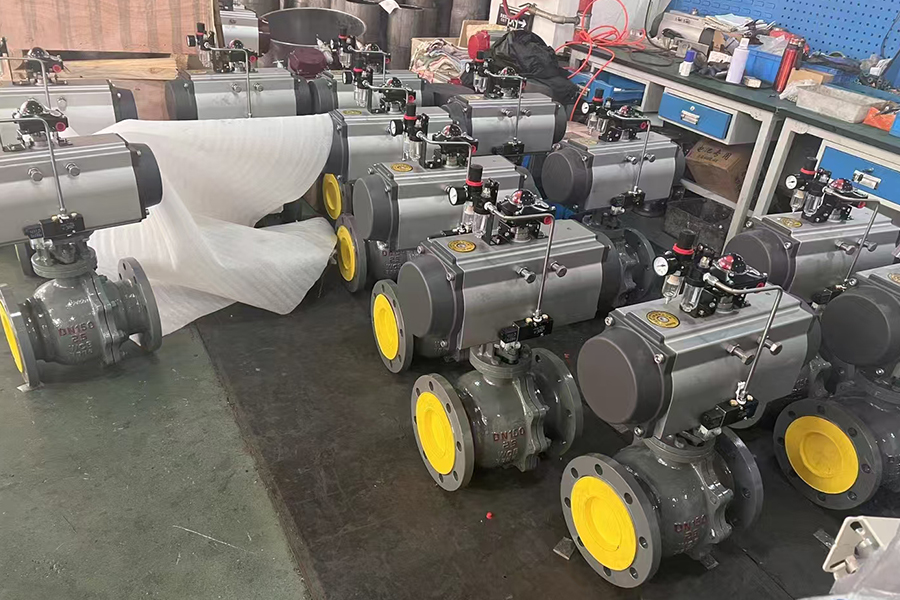
A pneumatic linear actuator is a device designed to convert compressed air energy into linear mechanical motion. Its structure is relatively straightforward yet highly effective in delivering consistent motion in fluid control systems.
The core components of a pneumatic linear actuator include the cylinder barrel, piston, piston rod, and end caps. The cylinder barrel serves as the main housing, guiding the movement of the piston inside. When compressed air enters one side of the cylinder, it pushes the piston in the opposite direction, creating a straight-line movement that extends or retracts the piston rod.
The piston is sealed with rings to prevent air leakage and to maintain pressure within the chamber. The piston rod is connected to the valve mechanism or load being controlled. The end caps, placed on either side of the cylinder, typically contain air ports that allow compressed air to enter or exit, and may include cushioning to control the piston's deceleration at stroke limits.
Some actuators are single-acting, using a spring to return the piston to its default position, while others are double-acting, requiring air pressure for both extension and retraction. This basic structure supports reliable, repeatable motion and is widely used in automation systems.
Pneumatic threaded ball valves are widely used for their compact design, fast response, and ease of installation. The materials used in these valves play a vital role in determining their durability, chemical resistance, and overall performance in various environments.
The valve body is typically made from stainless steel, brass, or carbon steel. Stainless steel is commonly used in applications where corrosion resistance is critical, such as in food processing, pharmaceutical, or marine environments. Brass is chosen for its machinability and resistance to water corrosion, making it suitable for residential or low-pressure systems. Carbon steel, though less corrosion-resistant, offers high strength and is used in industrial settings where strength is more important than chemical resistance.
The ball inside the valve is usually made of stainless steel and is precision-machined to ensure smooth rotation and tight sealing. It may be chrome-plated to reduce wear and increase resistance to friction. The seats, which help seal the ball, are typically made from PTFE (Teflon) or other high-performance polymers. These materials offer chemical resistance and can withstand a wide range of temperatures.
The threaded ends are standardized for easy connection to piping systems, usually with NPT (National Pipe Thread) or BSP (British Standard Pipe) threads. Pneumatic threaded ball valves also include sealing components like O-rings, often made from Viton or EPDM, depending on the medium being handled.
Selecting the correct materials for a pneumatic threaded ball valve ensures it can perform reliably under specific operating conditions and extends its service life.
A pneumatic trunnion ball valve is designed for high-pressure or large-diameter applications, offering improved sealing and durability compared to standard floating ball valves. Its working principle centers on a fixed ball design that reduces wear and enhances control.
Unlike floating ball valves, the ball in a trunnion design is held in place by mechanical anchors at the top and bottom—referred to as the trunnions. This setup prevents the ball from shifting under pressure. The valve operates using a pneumatic actuator, which receives compressed air to rotate the ball 90 degrees, opening or closing the valve.








